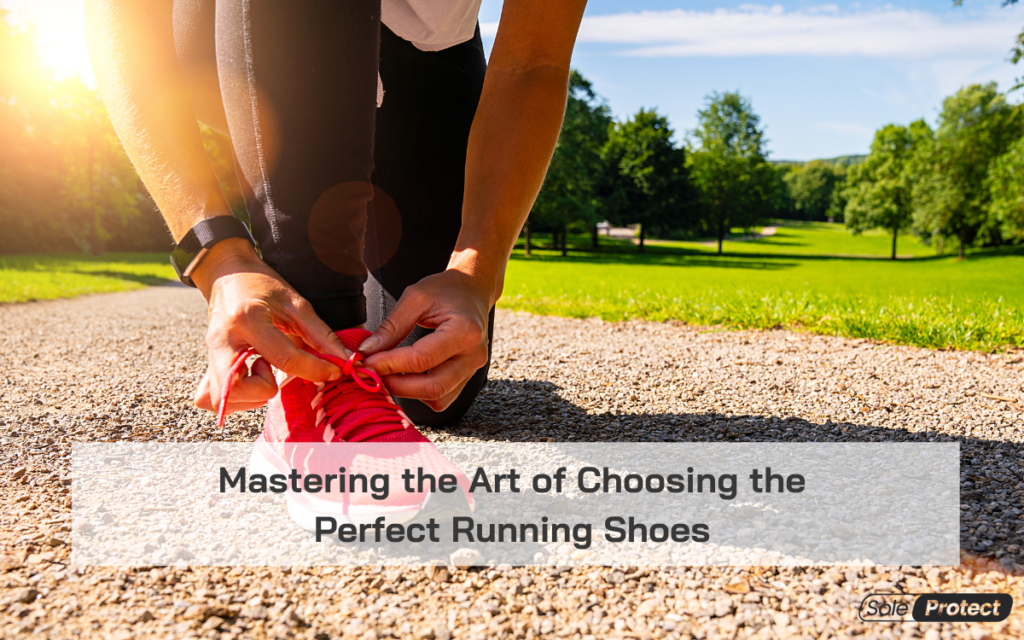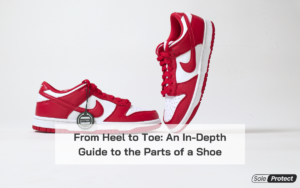
Running shoes are more than just a fashion statement; they’re an essential tool for both casual runners and seasoned athletes. The right pair can significantly enhance your running performance, prevent injuries, and provide exceptional comfort during your runs. This guide will walk you through the key factors to consider when choosing your perfect pair of running shoes.
Understanding Your Gait
Your gait, or the way you walk and run, plays a pivotal role in determining the ideal running shoes for you. Runners generally fall into three categories: overpronators, neutral runners, and supinators. Each type requires a different level of support and cushioning. Many specialized running stores offer gait analysis services, which can help you understand your running style and guide your shoe choice.
Choosing the Right Type of Running Shoes
Running shoes come in various types, each designed for a specific purpose. For example, road-running shoes are built for pavement and occasional ventures onto packed surfaces with slight irregularities. Trail-running shoes, on the other hand, are designed for off-road routes with rocks, mud, roots, and other obstacles. They emphasize traction, stability, and underfoot protection. Lastly, cross-training shoes are more suitable for gym workouts or any balance activity where more contact with the ground is preferred over a thick platform sole.
The Importance of Proper Fit
A well-fitted running shoe can make the difference between a comfortable run and a painful experience. When trying on running shoes, make sure there is enough room to wiggle your toes. Your heels should fit snugly in the shoe without slipping as you walk or run. Remember that your feet swell when running, so try on shoes in the afternoon or after a long walk when your feet are at their largest.
Consideration for Shoe Lifespan
Running shoes don’t last forever. Over time, the cushioning and support provided by your shoes will wane, increasing the risk of injury. As a general rule, consider replacing your running shoes every 300 to 500 miles, although this can vary based on factors like running style, weight, and the shoe’s build quality.
Choosing the perfect running shoes is a process that requires understanding your running style, considering the type of running you’ll be doing, ensuring a proper fit, and keeping track of the shoe’s lifespan. Investing time in selecting the right running shoes can pay dividends in improved performance and reduced injury risk, making every run a more enjoyable experience.




